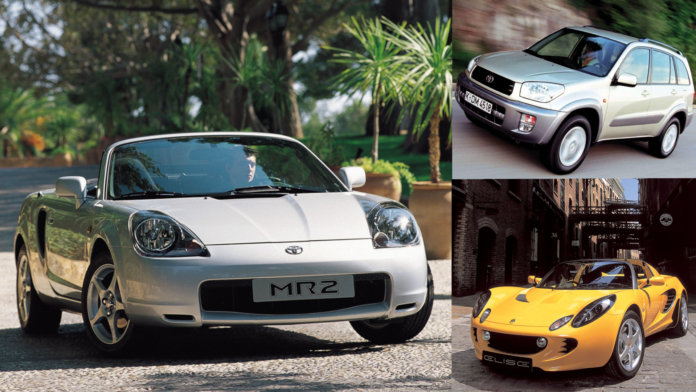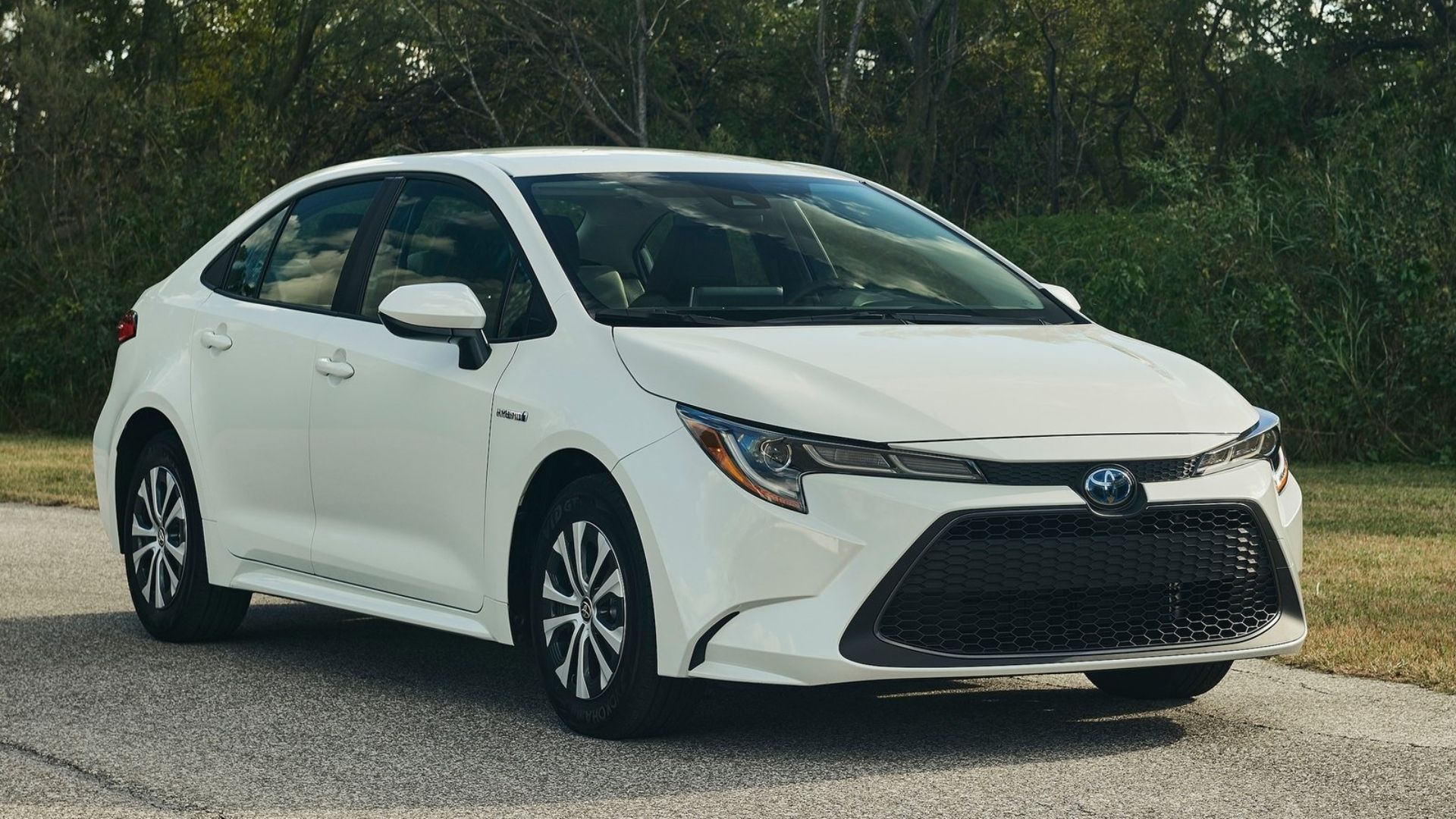When it comes to great engines, Toyota is a well-known producer of some of the most memorable. Many will point straight at the 2JZ – the iconic straight-six from the MK4 Toyota Supra, but the brand also produced many other engines that have stood for more than just power – but reliability. The brand is almost a byword for durability when it comes to engines. When it comes to eight-cylinder engines, the UZ family of V8s that found their way into many high-end Toyota and Lexus models were refined and reliable. Another reliable engine is the 2GR family; a six-cylinder that was good enough for a wide range of Toyotas, Lexus, and even some Lotus models. In the world of 4-cylinder engines, the brand is also a strong presence and has produced some of the most robust, powerful, and innovative units ever. By far, its most reliable four-pot would have to be the ZZ engine.
The Toyota ZZ Engine Under The Spotlight
|
Toyota ZZ Engine Family |
|||||
|---|---|---|---|---|---|
|
Engine |
1ZZ |
2ZZ |
3ZZ |
4ZZ |
|
|
Engine Layout |
1.8-liter, NA I4 |
1.8-liter, NA I4 |
1.6-liter, NA I4 |
1.4-liter, NA I4 |
|
|
Bore/stroke |
79 mm x 91.5 mm |
82 mm x 85 mm |
79 mm x 81.5 mm |
79 mm x 71.3 mm |
|
|
Engine block/head |
Aluminum block and head |
||||
|
Valvetrain |
DOHC, 4 valves x cylinder, VVT |
||||
|
Power |
120-130 hp |
170-200 hp |
109 hp |
97 hp |
|
|
Torque |
122-126 lb-ft |
133-139 lb-ft |
111 lb-ft |
96 lb-ft |
|
The ZZ family comprises displacements of 1.4, 1.6, and 1.8 liters. It used an aluminum block and head design, with a double overhead camshaft, 4-valve-per-cylinder, variable valve timing, chain driven, and featured electronic multipoint injection. It was produced from 1997 to 2008. Toyota offered forced induction versions of this engine. In other parts of the world, a Corolla TRD with a supercharged ZZ was available, while the Lotus Exige and Lotus 2-Eleven used supercharged versions of the 2ZZ. The 2ZZ is a 1.8-liter engine like the 1ZZ, but it can be considered the performance version, with a larger bore and shorter stroke, developed in collaboration with Yamaha for higher rpm performance. 3ZZ and 4ZZ versions of the ZZ family are limited to only the Corolla, Avensis, and Auris models.
2:17
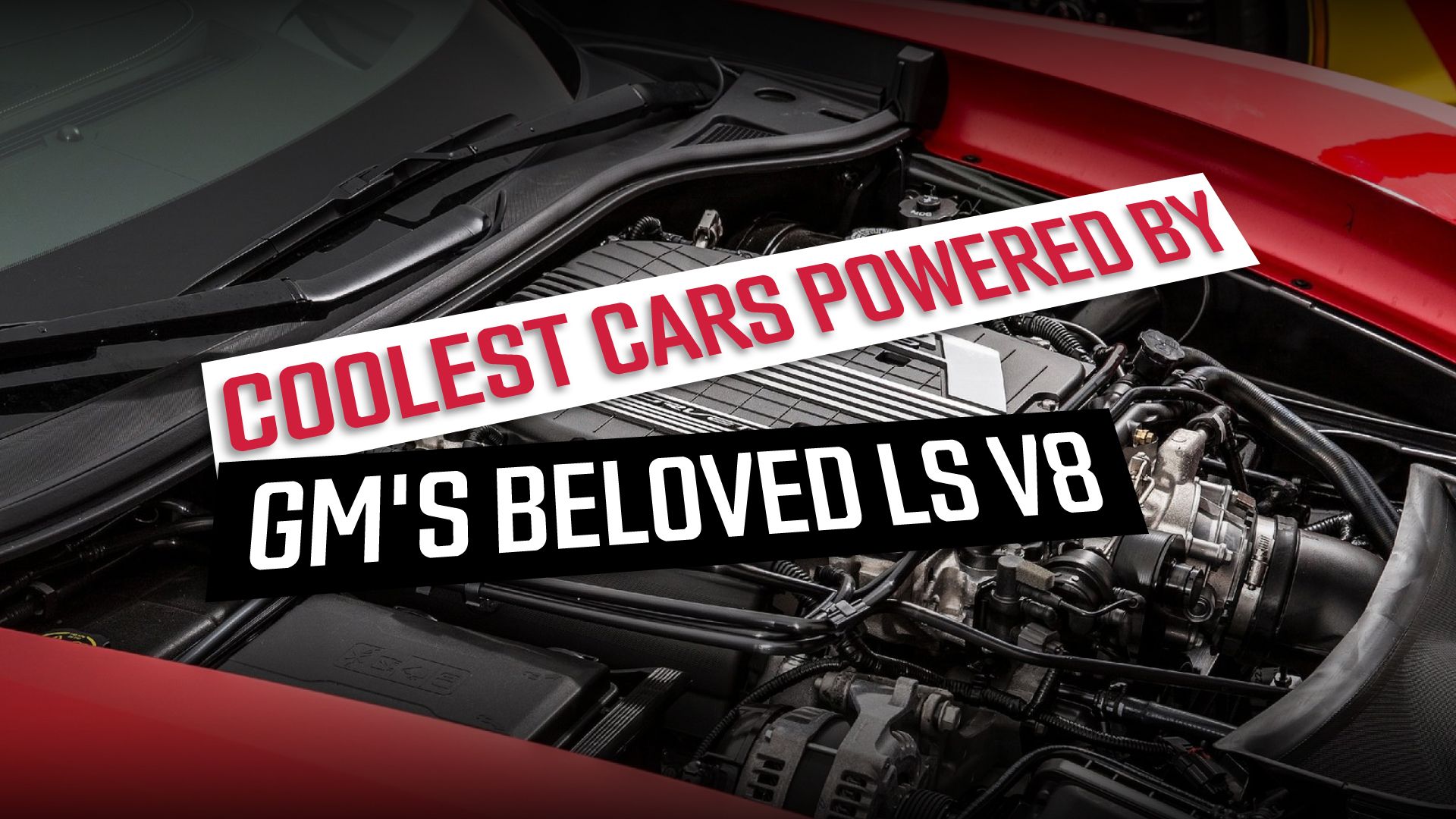
Related
This Is GM’s Most Reliable V8 Engine – And The Top 10 Cars That Use It
These are the top ten cars that are powered by GM’s V8 – the most reliable eight-cylinder from the brand.
Toyota’s ZZ engine is small but mighty, with a large range of models in which it has been installed, from the Toyota MR2 to the Celica, from the RAV4 to the Avensis sedan. In 2002, the 2ZZ variant of the engine family received the International Engine of The Year award for Best 1.4-Liter – 1.8-Liter engine. Another notable aspect of the 2ZZ is its dual camshaft profile, similar to the Honda VTEC system. That made it an impressively power-dense engine at the time. Below we look at the impressive range of typical models that the entire ZZ family served in and see what came next after the iconic engine was retired.
Models That Harnessed The Power Of The Small-Yet-Mighty ZZ
Toyota Corolla – 1ZZ
|
Toyota Corolla |
|
|---|---|
|
Engine |
1.8-liter, NA I4 |
|
Power |
125 hp |
|
Torque |
125 lb-ft |
|
Drivetrain |
Front-engine, FWD |
The ZZ engine range starts with the 1ZZ-FE, a version that went into a wide range of Toyota models as an economical engine with modest power. In the case of the Corolla, the power output was adequate. This was the ninth-generation Corolla, but the ninth and tenth-generation Corollas included the 1ZZ engine, sold alongside models equipped with the 3ZZ and 4ZZ. As a base engine for an affordable and reliable front-wheel drive car, the ZZ engine was a perfect fit. Produced from 2002 to 2007, the ninth-gen Corolla was sold as a sedan in the North American market, but the hatch was available in different markets.
Toyota MR2 Spyder – 1ZZ
|
Toyota MR2 Spyder |
|
|---|---|
|
Engine |
1.8-liter, NA I4 |
|
Power |
138 hp |
|
Torque |
126 lb-ft |
|
Drivetrain |
Mid-engine, RWD |
When Toyota introduced the W30 MR2, people were a little shocked. Gone was the mini-supercar styling of the W20 generation, replaced by an all-new design. It was still mid-engined, rear-wheel drive, and equipped with a manual transmission. At under 2,200 lbs, it was also light. But the roadster-only design wasn’t to everyone’s taste, nor was the engine, producing a meager 138 hp. Luckily, the low-slung MR2 offered the essential ingredients of sports car ownership, even if the styling was divisive.
The MR2 was misunderstood. Like the Mazda Miata, the MR2 wasn’t about balance. It was a balanced vehicle with just the right amount of power, showcasing what’s possible when engineers favor weight-saving over grunt. With that in mind, the 1ZZ was the perfect engine, as it was reliable, lightweight, and compact.
3:12
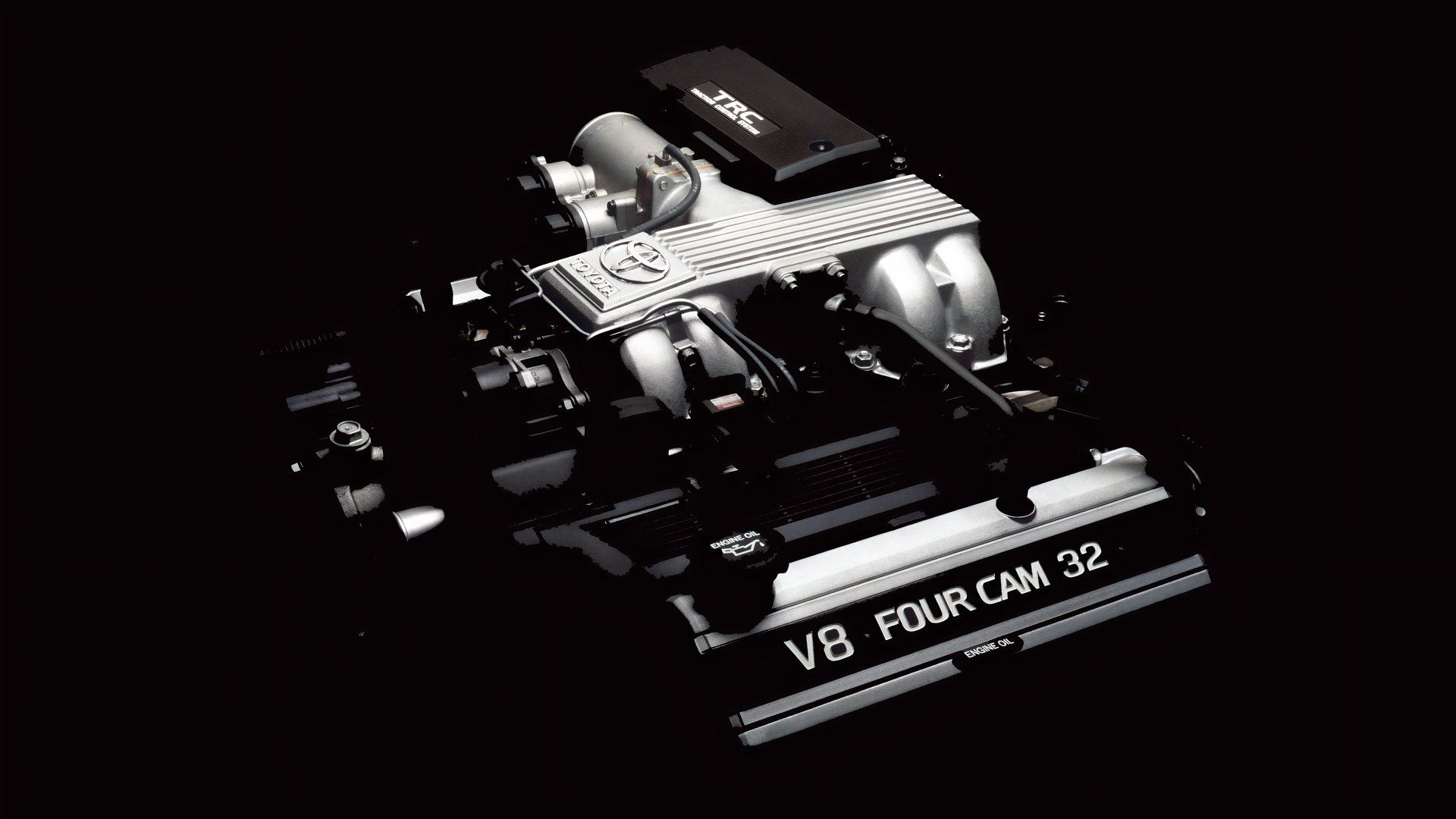
Related
Toyota’s Most Reliable V8 Engine And The Cars That Use It
Toyota’s UZ-FE engine is known for its reliability – here are all the most important cars that were built around it.
Toyota RAV4 – 1ZZ
|
Toyota RAV4 |
|
|---|---|
|
Engine |
1.8-liter, NA I4 |
|
Power |
123 hp |
|
Torque |
126 lb-ft |
|
Drivetrain |
Front-engine, FWD/AWD |
Different versions of the second-gen RAV4 – sold for model years 2001 through 2005 – were available. Front-wheel drive and all-wheel drive were available, as were different engines, of which the 1ZZ was the entry-level choice. Customers could get more power by opting for the 2.0-liter,1AZ engine, but the 1ZZ was the cheap, reliable workhorse, with adequate power for most scenarios. A manual transmission was standard, but an automatic was available. If you’re in the market for an old RAV4, go for the manual. The 1ZZ loves being thrashed.
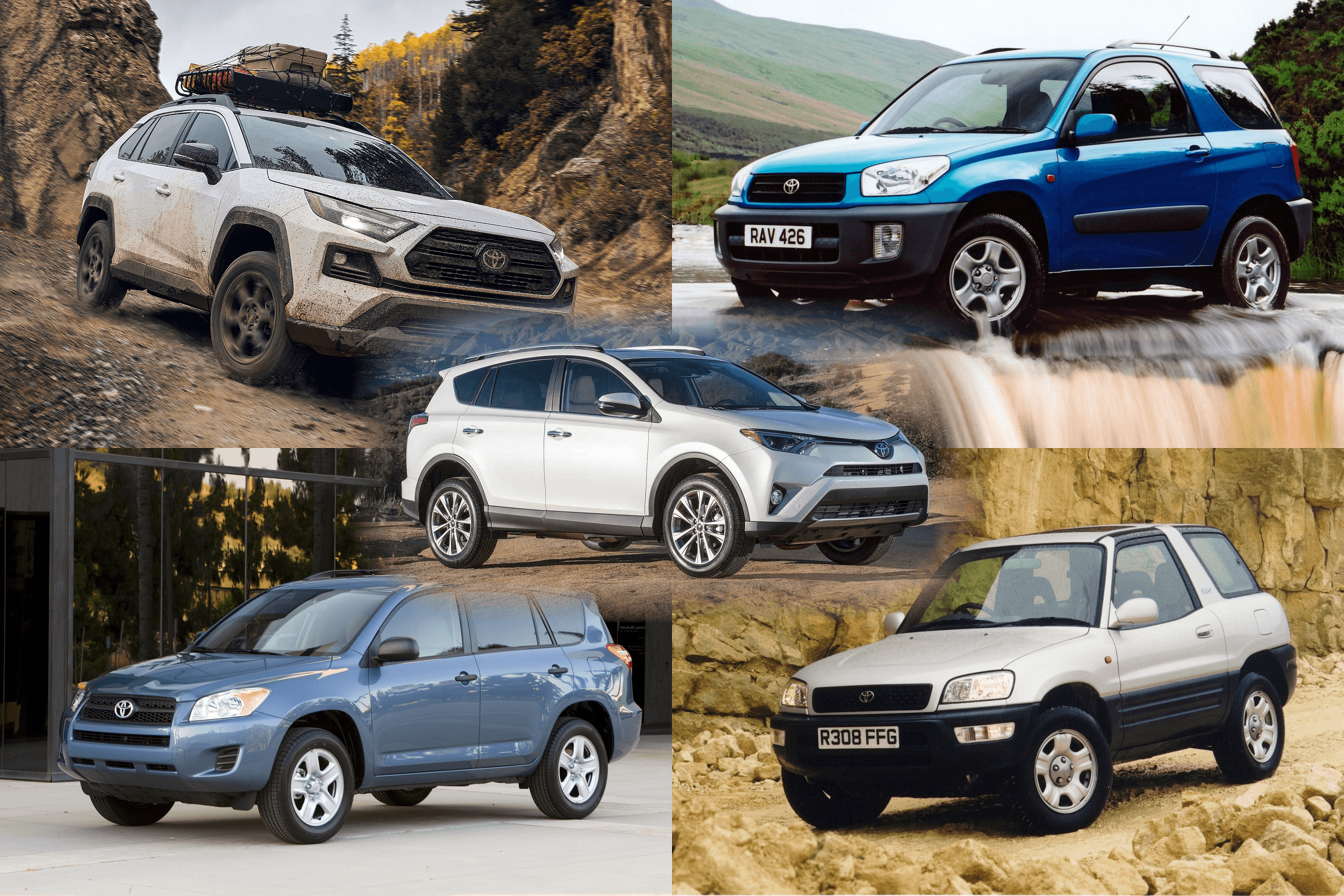
Related
Ranking Every Toyota RAV4 Generation From Worst To Best
Every generation Toyota RAV4 ranked.
Toyota Celica GT – 1ZZ
|
Toyota Celica GT |
|
|---|---|
|
Engine |
1.8-liter, NA I4 |
|
Power |
140 hp |
|
Torque |
125 lb-ft |
|
Drivetrain |
Front-engine, FWD |
The 1ZZ was also the chosen powerplant for the final Celica, which may return at some point in the future. The seventh-and-final model was a radical departure from the sixth-gen Celica. A new, angular body style with a sloping hatchback rear was divisive. Four-wheel drive was also no longer on the menu as an option, like it was on the Celica All-Trac. There was a choice of engines though. The Celica GT got the 1ZZ, while the Celica GT-S opted for the even more powerful 2ZZ engine, which boosted power up to 180 hp / 133 lb-ft. It still needed revving to get the most out of it, but made the Celica more of a fighter.
Toyota Wish – 1ZZ
|
Toyota Wish |
|
|---|---|
|
Engine |
1.8-liter, NA I4 |
|
Power |
130 hp |
|
Torque |
125 lb-ft |
|
Drivetrain |
Front-engine, FWD |
To illustrate how the 1ZZ version of the ZZ family was also an adaptable mill, it was also used for far larger car models such as the Toyota Wish. The Wish was a three-row minivan sold in its home market of Japan as well as other markets such as Hong Kong, Thailand, Singapore, and Taiwan. With 130 hp on tap, it was still focused on offering reasonable fuel economy and reliable motoring more than performance, while more demanding customers could opt for a 2.0-liter Toyota 1AZ engine with 153 hp. The Wish continued for a second generation, with even sleeker styling (for a minivan) and Toyota’s newer ZR engines.
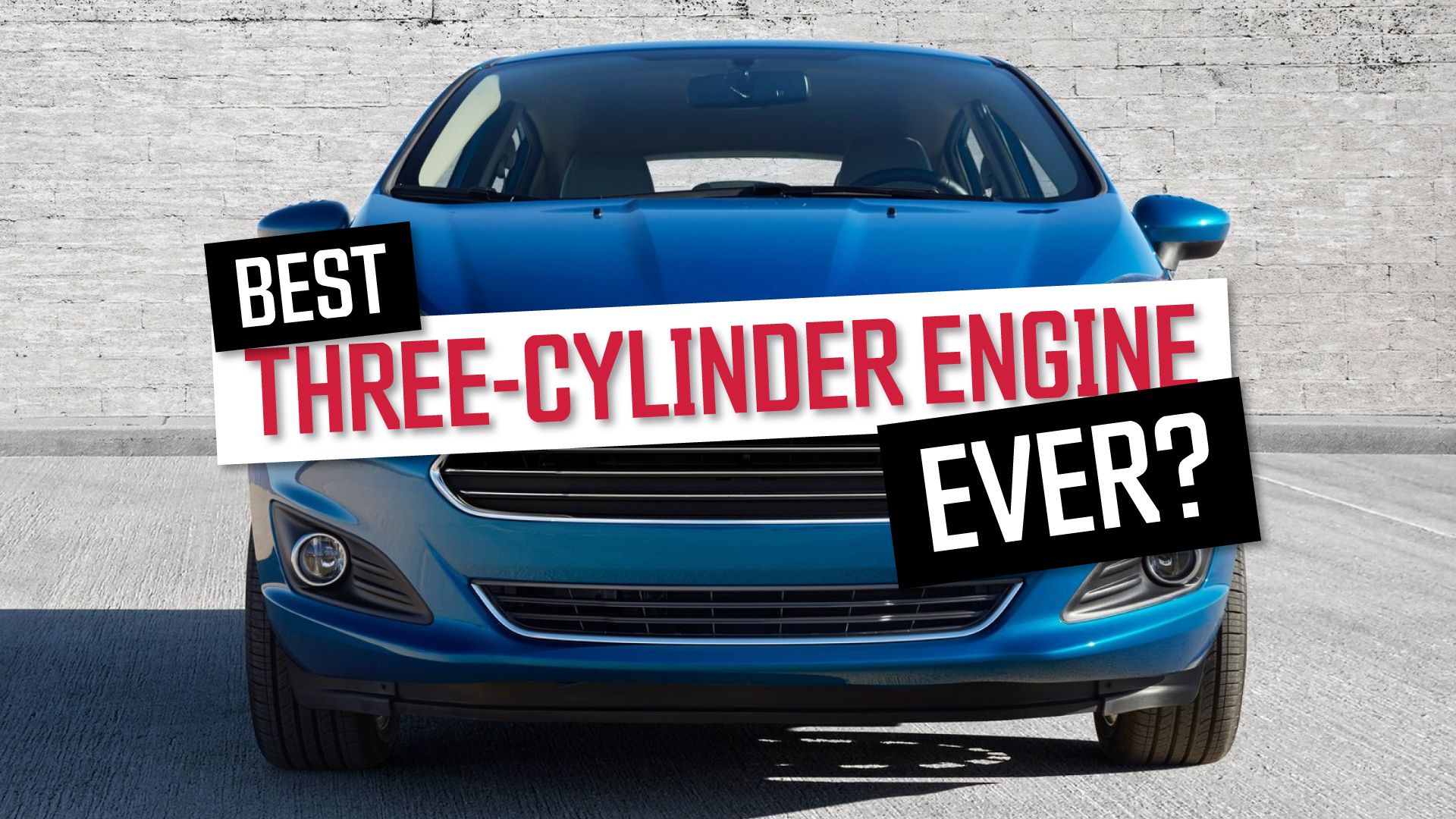
Related
The 3-Cylinder That Won Engine Of The Year More Times Than Any Other
The three-cylinder engine is still, largely, underestimated. However, this one certainly deserves your attention.
Lotus Exige – 2ZZ
|
Lotus Exige |
|
|---|---|
|
Engine |
1.8-liter, NA I4 |
|
Power |
190 hp |
|
Torque |
138 lb-ft |
|
Drivetrain |
Rear-mid-engine, RWD |
Toyota worked with Yamaha to produce the 2ZZ – a version of the 1.8-liter ZZ engine range with a focus on high-rpm performance. In the Lotus Exige, the power output was up to 190 hp even without the use of a supercharger. Other versions of the Exige, such as the Exige S, boasted 220 hp thanks to a supercharger, or the Exige 240R, which offered up to 243 hp. Even in its naturally-aspirated trim though, the 2ZZ engine was a perfect fit for the lightweight Exige. It was an engine that needed to be revved to access all of its potential, which is what Lotus’ track car was all about.
Lotus Elise – 2ZZ
|
Lotus Elise |
|
|---|---|
|
Engine |
1.8-liter, NA I4 |
|
Power |
189 hp |
|
Torque |
133 lb-ft |
|
Drivetrain |
Rear-mid-engine, RWD |
The Lotus Elise was launched in 1996 with a modest Rover K-Series engine that produced only 118 hp. However, thanks to its modest weight, the car could hit 60 mph in under 6 seconds. The engine was not without its problems though, and the Toyota 2ZZ represented a giant leap forward in reliability. Toyota’s 1ZZ and 2ZZ featured in the subsequent S2 Elise that debuted in 2001, alongside the old Rover mill. In various markets, various models and trims were released, and there was also a supercharged version. The 111R (called the Federal Elise in the US market) came with the 2ZZ and offered a healthy 189 hp. It proved once again the merits of a potent, reliable Toyota engine that required revving to access all of its glory.
Lotus 2-Eleven – 2ZZ
|
Lotus 2-Eleven |
|
|---|---|
|
Engine |
1.8-liter, supercharged I4 |
|
Power |
252 hp |
|
Torque |
178 lb-ft |
|
Drivetrain |
Mid-engine, RWD |
When Lotus created the 2-Eleven, the 2ZZ engine was a natural choice, because the Eleven was a track car that could also be specified for the road. Based on the Exige, the Eleven weighed under 1,500 lbs, only came with a manual transmission, had no roof, and was supercharged. Thanks to the supercharged 2ZZ, power was raised to 252 hp while torque was at a reasonable 178 lb-ft. 0-60 mph was also possible in under 4 seconds, making the 2-Eleven extremely quick on a track and an example of just how far the ZZ family of engines can be pushed.
Toyota Avensis – 3ZZ
|
Toyota Avensis |
|
|---|---|
|
Engine |
1.6-liter, NA I4 |
|
Power |
110 hp |
|
Torque |
111 lb-ft |
|
Drivetrain |
Front-engine, FWD |
The Avensis was a big, sensible sedan designed to be a reliable workhorse with no surprises. As such, the 3ZZ engine is a perfect fit. It is a smaller, 1.6-liter version of the ZZ family that was used mainly in Corolla models and the Avensis sedan. It produces a very modest output and the engine was produced from 2000 until 2012. For the first and second generations, the Toyota Avensis was available with the 3ZZ engine option along with the larger 1ZZ, as well as larger engines, making the 3ZZ the baby in the range. A wagon, liftback, and traditional sedan were all offered, which resulted in a truly adaptable car for any situation.
Toyota Auris – 4ZZ
|
Toyota Auris |
|
|---|---|
|
Engine |
1.4-liter, NA I4 |
|
Power |
96 hp |
|
Torque |
96 lb-ft |
|
Drivetrain |
Front-engine, FWD |
If the Auris looks familiar, it’s because it is derived from the Corolla. This hatch wasn’t sold in the US, which got the Corolla sedan instead. The US market did get the Toyota Corolla iM though, which was a badge-engineered Auris. The normal Auris, which was exclusively a hatchback for this generation, was available with a range of engines, up to and including the famed Toyota 2GR, uniquely for the JDM-market Blade Master. Other Auris’ came with more modest engines, including this: the 1.4-liter, 4ZZ engine. It is the smallest member of the ZZ family and offers an ideal mix of fuel efficiency, adequate power, and compact packaging. The 3ZZ and 4ZZ are similar in that they serve mainly the Corolla-based models and are smaller than the 1ZZ / 2ZZ.
The Toyota ZZ’s Legacy And Its Successor
Toyota designed a new engine family called the ZR to take over from the ZZ lineup, with improvements to fuel efficiency, emissions, and other aspects. Today, the ZR powers the current Toyota Corolla as well as a wide range of other Toyota models. There are well-known issues with the ZZ engine including excessive oil consumption, oil leaks, sludge issues, stuck piston rings, lift bolt failures, and more. However, the engine has proven reliable and worked well in the wide range of applications in which it was used. It still maintains an impressive output-per-liter rating even by modern standards.

